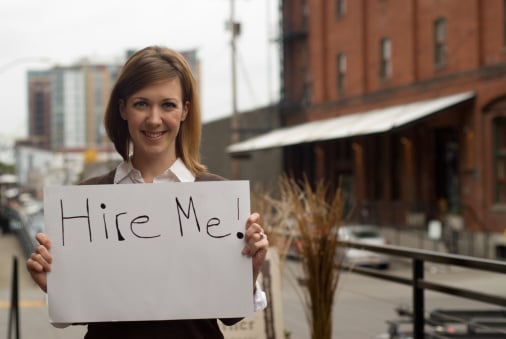Many experts have pressed the theory that “normal” unemployment rates in a healthy economy should sit around 5%. As the jobs reports for the first part of this year are issued by the federal government, the level is unlikely to fall below 6%. That begs the question of whether a complete economic recovery is close at hand. Source: Thinkstock
Source: Thinkstock
The current unemployment rate has dipped, bit by bit, to 6.6%. Some economists believe that the dip masks at least two critical problems. The first is that people have exited the workforce altogether, which takes them out of the core jobless calculation and leaves them in a statistical limbo — but still out of work. The second is that record numbers of people have been unemployed long term, which is defined as more than 27 weeks. Over a third of all jobless people fall into this category. Adding to the long-term unemployment rate problem, many will lose jobless benefits this year, if they have not already lost them. Congress has been wary about remedying that.
There have been very long periods recently in which the jobless rate was below 5%. This was the case from July 1997 to April 2001. Another period ran from December 2005 until November 2007. After that point, the rate moved up slowly to 6.1% in April 2008 and then jumped relentlessly to 10.1% in October 2009.
If a 5% jobless rate is an essential part of a full recovery, any level much above that undermines the chance that many of the other hallmarks of a strong economy can exist. The first, and most obvious of these is consumer spending, which continues to be two-thirds of gross domestic product. One proxy for this, consumer confidence, has improved in fits and starts over the past two years. The University of Michigan Consumer sentiment level has hovered around 85 in the past several months. That is well short of a level of more than 100, which was the case from 1997 through 2000 and again in late 2004.
A jobless rate below 6% may not be reached for a long time. The Congressional Budget Office (CBO) is pessimistic on this count. In its recent Budget and Economic Outlook: 2014 to 2024, its analysts wrote:
Although the unemployment rate is expected to decline, CBO projects that it will remain above 6.0 percent until late 2016. Moreover, the rate of participation in the labor force — which has been pushed down by the unusually large number of people who have decided not to look for work because of a lack of job opportunities — is projected to move only slowly back toward what it would be without the cyclical weakness in the economy.
The normal 5% is a very long way off.
Take This Retirement Quiz To Get Matched With A Financial Advisor (Sponsored)
Take the quiz below to get matched with a financial advisor today.
Each advisor has been vetted by SmartAsset and is held to a fiduciary standard to act in your best interests.
Here’s how it works:
1. Answer SmartAsset advisor match quiz
2. Review your pre-screened matches at your leisure. Check out the
advisors’ profiles.
3. Speak with advisors at no cost to you. Have an introductory call on the phone or introduction in person and choose whom to work with in the future
Take the retirement quiz right here.
Thank you for reading! Have some feedback for us?
Contact the 24/7 Wall St. editorial team.



